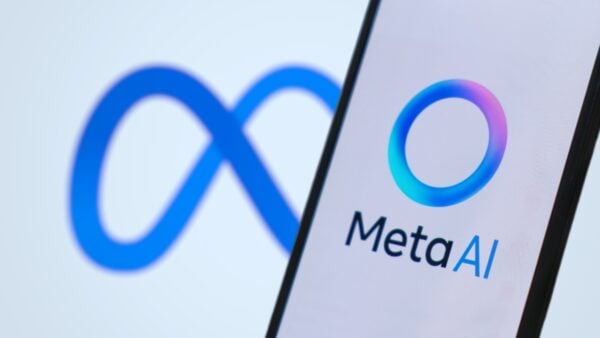Define your company’s technological edge with payroll automation

Traditional payroll systems don’t meet modern business expectations.
As a result, many employees outside of payroll are spending considerable time on related data entries, manual adjustments, and other inputs.
It’s worse for payroll operators, who typically spend 25 hours monthly on overtime, often focused on manual tasks such as reconciliation, audit controls, fraud, and legislation.
This can be solved by automating parts of payroll to improve time, resources, and accuracy.
But what is payroll automation? What does it look like?
This article looks at four automation stages, some of which you might be using already.
The state of payroll
Payroll isn’t paper-based anymore.
Most companies use digital software, such as spreadsheets or specialised payroll systems.
However, those digital advantages are spent, and modern companies no longer enjoy the speed and accuracy they once gained.
Payroll professionals still spend long hours on data entry, repetitive calculations, and reporting.
They process routine employee requests, track down data from different departments, or pursue manual legislative updates.
These activities often also dilute the value other departments derive from payroll systems, creating tensions and redundancies.
Modern cloud-native payroll platforms are helping companies switch to a new dynamic, said Heinrich Swanepoel, Head of Business Development at Deel Local Payroll, powered by PaySpace.
“At a high level, cloud-native payroll software offer the means to access information, improve data consolidation, establish proper integration, and introduce things such as AI to accelerate business capabilities,” said Swanepoel.
The four stages of payroll automation
Payroll automation may seem exotic and difficult to attain.
But adopting automation is a journey, ranging from basic advantages to next-generation capabilities.
1. Basic – Compliance updates
Companies can spend considerable time updating payroll compliance, risking penalties if they don’t.
Manual updates can take very long, especially when involving third parties.
However, cloud-native payroll platforms can continually and proactively update legislation, essentially automated legislation updates for users.
This automation occurs without the need to create any additional processes.
2. Intermediary – Self service
Shared service models between payroll and other departments, particularly HR and finance, enable authorised employees to directly access services, such as generating reports, without relying on payroll personnel.
Another example is Employee Self Service (ESS).
Rather than payroll staff providing material such as pay slips or tax documents, employees access these services directly through secure portals or chatbots (like Pacey, Deel Local Payroll’s WhatsApp-based self-service solution).
3. Advanced – Integration
Through linking different business systems, payroll can access relevant data from different data sources, such as time-tracking systems, employee databases, and ERP hubs.
If an employee is terminated using HR software, the payroll system can automatically reflect the change.
Finance departments can align their data with salary data.
Fraud systems can detect dubious payroll entries. Payroll integration creates many automation opportunities.
4. The Future – Real-time payroll
Integrated payroll platforms can deliver features such as real-time payroll analytics and reporting, direct deposits, and tax filings.
Rather than weekly or monthly processing, payroll features happen in real time, producing a very high degree of accuracy and agility.
Supporting modern companies
Given the average payroll employee’s extensive experience and training, chasing data, correcting calculation errors, or generating payslips and reports is time-consuming.
Payroll automation enables them to support the adaptability and efficiencies that modern companies crave, said Swanepoel.
“Business modernisation features reflect in some form through automated payrolls.”
“It can include reducing time spent on low-value tasks, standardising data, increasing business intelligence and analytics, or providing just-in-time access to processes.”
“For example, a travelling executive can approve salaries via a mobile app,” said Swanepoel.
“It simplifies complex problems such as administering payroll across diverse employment roles or multiple regions. Additionally, it provides access to competitive advantages like artificial intelligence.”
Automated payroll helps define the futures of companies.
Click here to learn how PaySpace can help your business with payroll automation.
































